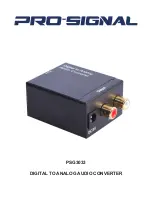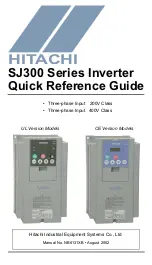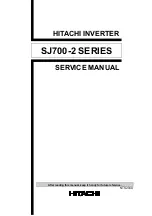
6
ENGLISH
GENERAL INFORMATION
GENERAL INFORMATION
Efficiency curve
0,80
0,85
0,70
0,75
0,60
0,65
0,50
0,55
0,45
0,40
0
0,01 0,02 0,03 0,04 0,05 0,06 0,07 0,08
Tm[m
2
K/W]
*
Description
TSOL 25/4
FLEX
Optical efficiency (
ηο
) (*)
0,802
-
Thermal dispersion factor (a1)
(*)
4,28
W/(m
2
K)
Thermal dispersion tempera-
ture dependence factor (a2) (*)
0,0064
W/(m
2
K
2
)
IAM (50°) (*)
0,95
-
Efficiency (
η
col) (**)
62,0
%
(*)
Value referred to the opening area. Test according to ISO
9806 referred to mix of water and 33.3% glycol, flow rate
160 l/h and direct exposure G = 800W/m
2
.
Tm = (Coll._inlet _temp.+Coll._outlet_temp.)/2
T*m =
(Tm-T_ambient)/G
(**)
Calculated with a temperature difference of 40K between
the solar collector and the surrounding air, and with total
solar radiation of 1000 W/m
2
referred to the exposed area.
Pressure drop in solar collectors (*)
PRESSURE DROP (mbar)
10
0
20
30
40
50
0
100 200 300 400 500 600 700 800 900 1000
15
10
5
0
0
50 100 150 200 250 300 350 400
FLOW RATE (l/h)
(*) With antifreeze-water mix of 33,3% / 66,7% and heat transfer medium temperature = 20°C.
WIND AND SNOW LOADS ON COLLECTORS
The maximum allowable load for wind and snow (possibly combined) on the collector surface is 1500 Pa (corresponding to the
wind speed of 175 km/h).
To determine the maximum wind speed consider:
- building height
- solar system site
- exposure and topography (area/buildings)
The maximum snow load depends on the region and the altitude of the area.
b
Prevent the accumulation of snow on collectors by installing a snow-guard grille over collectors, or remove snow on a
regular basis


































